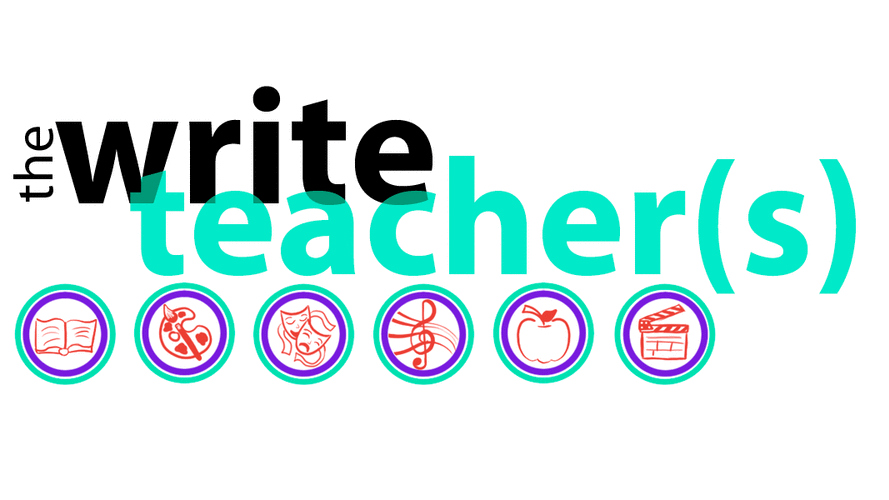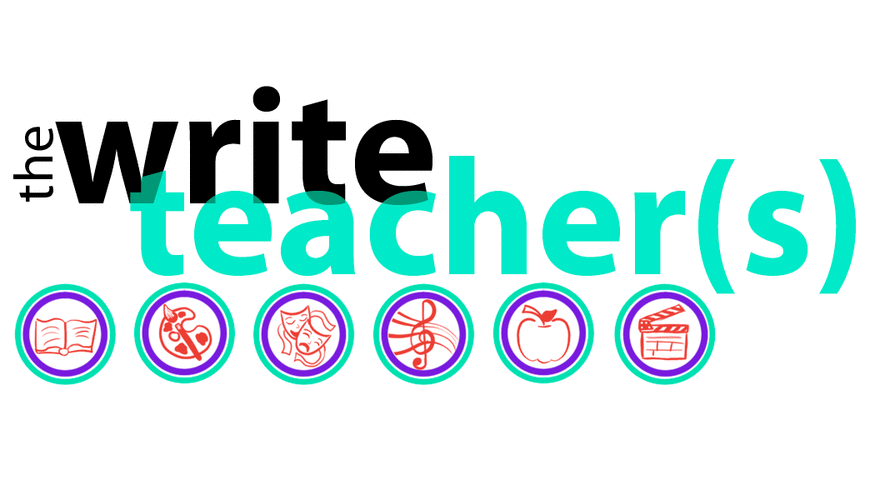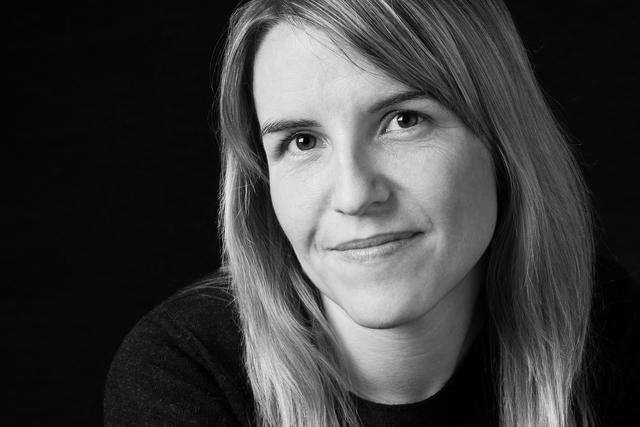Hello Beautiful People,
I’m so pleased to introduce you to our latest featured author, Shannon Moroney. Shannon was a practicing teacher and counselor when violence tore her life apart. After personally discovering the lack of help available for families of criminals, she became a restorative justice advocate who speaks internationally on the ripple effects of crime. A volunteer with Leave Out Violence (LOVE), she is also a contributor to The Forgiveness Project. Shannon now lives in Toronto where she is remarried and the mother of twins. Visit her at www.shannonmoroney.com.
MM: First things first, what is the most important thing you hope readers take away from your story?
SM: Hope and the knowledge that triumph over trauma is possible. Victimization, betrayal and loss need not control one’s life—with perseverance and support life can be reshaped with meaning, purpose and even joy. This is a universal message, but I also hope that readers gain an understanding about what it’s like to cope with the crimes and incarceration of a family member. Stigma and guilt-by-association are unnecessary, painful and harmful social constructs put on offenders’ families, often knee-jerk reactions of fear that are further encouraged by sensational media coverage. But they can dissipate when people find empathy and gain nuanced understanding. Changing the way that we treat families of offenders and learning to see that they have also been harmed can transform the negative ripple effect of crime into something healing and inclusive.
MM: What’s the biggest misconception about writing a memoir?
SM: That it’s all about the author. In fact, writing a memoir is about revealing a web of relationships, interactions, influences and events. It is spun from the author’s point of view, but it is not just a journal of recollections or a trip down memory lane. It is a story crafted like any other story, with the essential components of a narrative arc. It must have structure in order to have meaning. My own process began with creating a timeline, then a filing system for notes, evidence, and reports, followed by outlines for each chapter. Later, I divided the manuscript into sections at my editor’s suggestion.
Another misconception is that memoirs don’t require research. The assumption is that you’re just writing from memory—the information is all there. In fact, most memoirs require significant research: historical accuracy, fact-checking, permissions, approvals, and justifications. The investigation into your own mind and heart is the most intimate research of all: Why did you say or do what you did? What was your process? Who or what influenced you to make decisions as you did? You have to discover the answers to these and share them with your reader in a way that they can understand. They might not always agree, but hopefully they can respect your honesty.
MM: Would you ever consider writing a work of fiction?
I can’t imagine writing fiction! I wouldn’t know where to begin, and worse, where to go. I’m in awe of people who can think up a storyline and characters in their imaginations and then pen them. As challenging as it was to write my book, at least I knew what happened. I had no control over my characters, but from what I understand from friends who write fiction, they often feel the same way. Once they develop a character, he or she sometimes seems to act on their own and the author has to go with them.
Last summer, I held a dinner party to which I invited two fabulous, successful fiction authors. In conversation, they shared that the concept of writing a memoir is as terrifying to them as fiction is for me. They couldn’t imagine opening themselves up in that way. We laughed, deciding that there’s something for everyone.
MM: Just for fun, if you were stranded on a desert island, what movies and television shows would you want to have readily available to you?
SM: Well, since I’d likely be pretty stressed out about my circumstances and uncertain of my fate, I’d want to watch something engaging enough to take my mind off of things but nothing too traumatic. Also something aesthetically appealing, since I’d be pretty sick of the outfit I’d be wearing and the minimalist shelter I’d be sleeping under. Series shows would be good, as I’d also have a lot of time on my hands. They’d have to be ones with nuance and complex relationships so I could watch them over and over without getting bored. So, West Wing and Gilmore Girls for TV. The Good Wife Season 5 as I haven’t watched it yet. Dirty Dancing and Lost in Translation for movies.
MM: Just for fun, what books are permanently on your bookshelf?
SM: I have moved so many times that I have only a few books I’ve kept long-term. These are mainly ones I hope to share with my daughters one day, or that I occasionally re-read when I can’t sleep. Anne of Green Gables, Catcher in the Rye, and poetry by John O’Donohue. I also have a special collection of books signed by authors I’ve had the privilege of meeting. Other than those, I have a continuous stream of books that flows through my house and ends in a heap on the floor beside my bed. As the mother of two-year-old twins, I read dozens of picture books every week, but I’ve only read one novel this year. Well, almost.
MM: If you had to describe yourself in a hashtag, what would it be?
SM: #grateful
MM: What does forgiveness mean to you?
SM: Forgiveness is a choice to see someone’s humanity, even when they have acted inhumanely. It is a commitment, not a one-time decision. It offers a way to move forward; to release the anger and resentment that might otherwise threaten to consume me.
Sometimes people criticize forgiveness, saying it is weak, or that it lets someone off the hook. What I know is that entering the forgiveness process and living it day after day was one of the hardest things I have ever had to do, but it has had many rewards. It let me off the hook; it released me from holding a lifetime bond to the violence I hated so much, and the betrayal that was so destructive. Though I offered the forgiveness to my ex-husband, Jason, it turned out to be the best gift I could have given myself. In forgiving, I regained my ability to love, trust, live fully and pursue my dreams.
Now, as a member of the international Forgiveness Project, I have the opportunity to constantly expand my understanding of what forgiveness means for me over time, and what it means for others. It’s a beautiful, difficult topic to engage in. One of the best parts of the work that I do now, in addition to writing, is to create safe spaces and unique activities to help other people explore what forgiveness means for them. My dear friend and fellow author, Katy Hutchison, and I developed a workshop called “The F Word” which we have been leading for five years. This year, we’ve expanded it to day and weekend retreats. The people we work with inspire us, no matter where they are on their journeys.
MM: In today’s economy, arts education programs are being cut. What reasons would you give to a school board and/or politician in an effort to preserve arts programming?
SM: Art is about exploring, expanding and sharing knowledge and emotion. Whether in writing, visual art, music or drama, we create the opportunity to know ourselves and each other—to connect—a fundamental aspect of being human and living in community. Nurturing creativity sparks new ideas, discoveries and inventions. Without it, we would be static. Experiencing others’ art and creating art ourselves allows the development of emotional literacy. It allows us to cope with life’s ups and downs, providing safe outlets for all our emotions: pain, passion, joy and sorrow. Art education is an essential component of a civilized society.
MM: What words of wisdom would you impart on younger writers?
SM: Write, write write. All writing is good writing—even if it is never published, or never seen. It’s practice, fluency. Write what you are passionate about, what has meaning for you, what you see, what you think, what you wonder about. Share it. Don’t feel you have to start with a novel—a postcard will do. The only experience I had as a writer before my book was letter-writing. I traveled all through my teens and twenties and wrote hundreds of letters to friends and families. Mostly hand-written, but in the later years typed on a computer or sent in email. I learned how to describe things: my surroundings, people, emotions. Academic writing is excellent training, too. It teaches you about structure and purpose. The last thing I wrote before I started my book was my Masters thesis. It was a good warm-up.
MM: Who is/was your greatest teacher?
SM: I’ve had many wonderful teachers in my life, and still do, but I’ll say my great aunt, Sister Helena McCarthy. She was 69 when I was born but I was lucky enough to know her well into my adult life. She just died a few years ago, at 103. All through her life, she sought adventure and was very open-minded. That sounds surprising, given that she entered a Catholic convent in 1932. She was the first nun in her order to stop wearing the habit in the 60s, she took up downhill skiing at 75, threw out the first pitch at a Toronto Blue Jays Game at 84, and counselling people until the end of her life (including me). One of her earliest pieces of advice to me was, “err on the side of trust”. I didn’t really understand what she meant until much later on, when I faced devastating betrayal. It reminds me that trust is not a crime and that self-blame is needless.
Aunt Helena was also a source of inspiration to me, and to many people. During the last ten or fifteen years of her life, she went blind. Rather than dwell on the loss she felt, she decided that taking away her sight was God’s last gift for her: she still had things to learn before she was ready to meet Him in heaven. She realized that she carried prejudices she’d been unaware of; that she would sometimes judge people on how they looked or make assumptions about their lives. Blindness opened her up to see only through her heart and mind, not her eyes.
Thank you, Shannon!
Write Teacher(s) Readers, I urge you to purchase a copy of THROUGH THE GLASS as soon as you can, and you can find my official review here.
But, the official blurb is thus –
Through the Glass is an intimate and gripping journey into prisons, courtrooms and the human heart in which she reveals the far-reaching impact of Jason’s crimes, the agonizing choices faced by the loved ones of offenders and the implicit dangers of a correctional system and a society that prioritizes retribution over rehabilitation, and victim hood over recovery.
Shannon’s story sparks discussion and debate about gaps in the justice system, the treatment of direct and collateral victims, offender accountability, and the future of prisons. She inspires readers and live audiences to consider the role forgiveness might play in their own lives—no matter how they have been wronged.
Through the Glass, became an instant bestseller when it was released across Canada in 2011 and was nominated for several awards, including the prestigious Governor General’s Literary Award (Canada) and the Arthur Ellis Award for Crime Writing. It was listed in CBC’s Canada Reads Top 40 (2012) and has also been adopted as required reading at several high schools, colleges and universities.
Through the Glass made its international debut in 2012 and has been featured in major newspapers around the world including The Guardian (UK), The National Post (Canada), The Huffington Post, and The Globe and Mail, as well as numerous magazines such as Maclean’s and Chatelaine (Canada), That’s Life (Australia), Bella (UK), Welt der Wunder (Germany), Swiat Wiedzy (Poland), and You (South Africa). It is currently on the Top 10 List at the international Empathy Library.
But really, when it comes down to it, it’s a story of inspiration.
Live, Love, Learn,
Megan &


